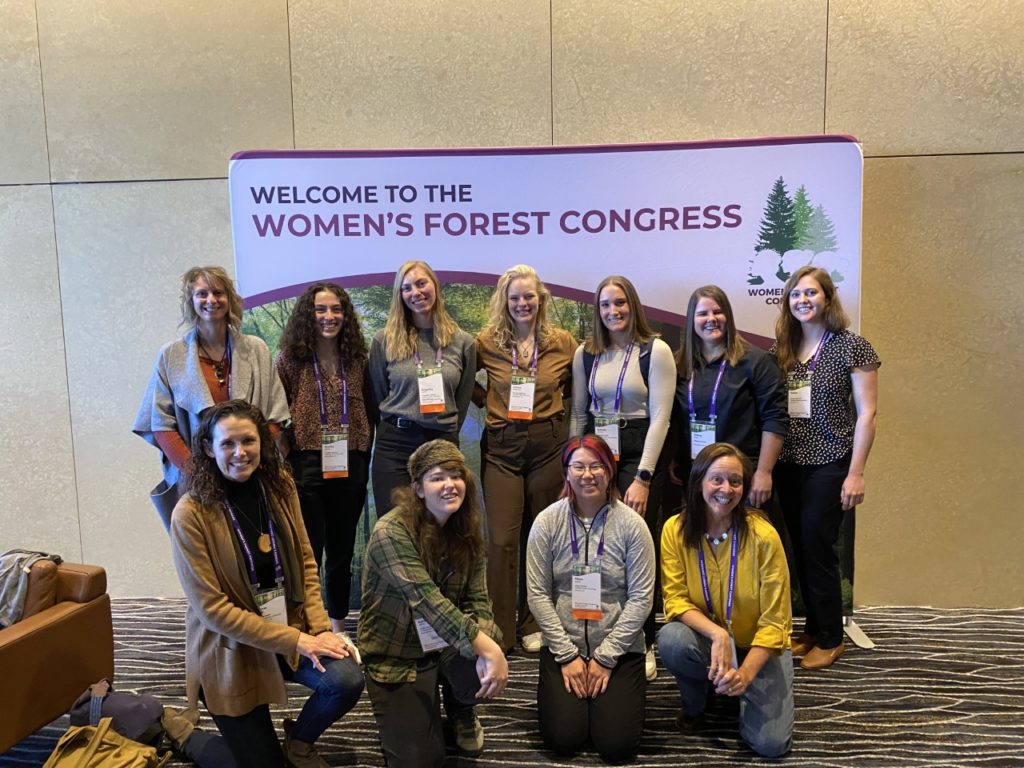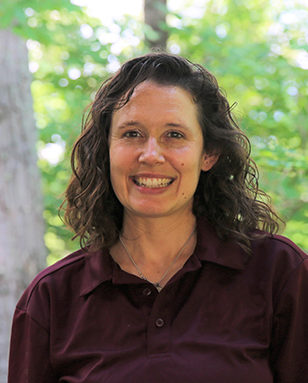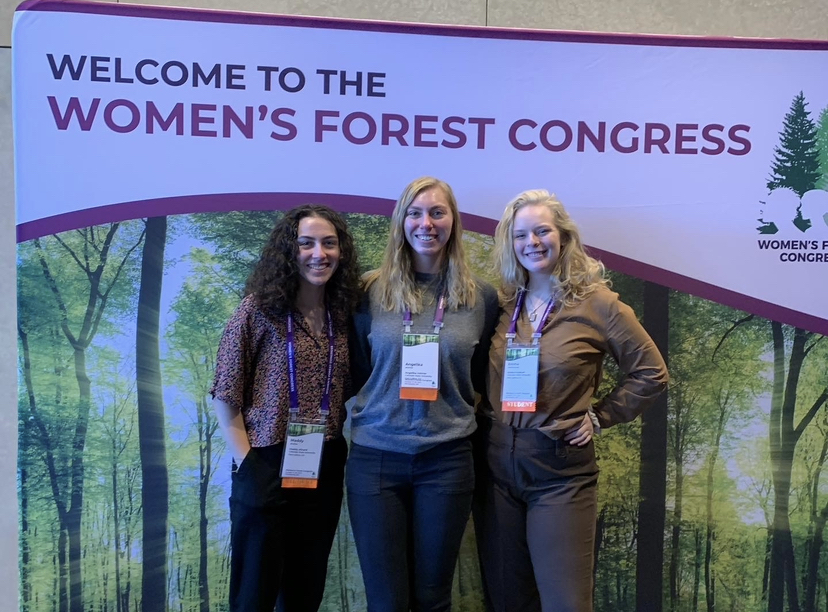
Ten Colorado State University students joined around 500 other participants in the inaugural Women’s Forest Congress in Minneapolis, Minnesota, to address current pressing challenges for forests and women in forestry. Along with students, CSU faculty and staff from the Colorado State Forest Service and the Colorado Forest Restoration Institute attended the in-person Congress.
The event, which took place Oct. 17-20, provided an opportunity for networking, learning, and support for women and those on the gender spectrum in an industry that is dominated by men.
Tiffany Howard, a Master of Natural Resources student in the Department of Forest and Rangeland Stewardship in the Warner College of Natural Resources says the event showcased inclusivity by focusing on all women, nonbinary people, races, and ethnicities.
“The diversity represented at the Congress was so encouraging, and events such as these and the resolutions we crafted in support of underrepresented populations, is what all fields should be working towards,” Howard said.
Howard was one of 39 delegates for the congress who worked on crafting resolutions around five themes that will guide the Congress and forestry-related organizations in the coming years.
The themes addressed at the Congress included leadership for equity and inclusion; workforce opportunities for increasing recruitment, retention, and advancement; women as catalysts for change; addressing today’s greatest forest challenges; and supporting each other.
The theme that resonated strongly for Howard was “women as catalysts for change” because it promotes building strong mentorship and peer networks in the field to support development and collaboration for women and minoritized groups.
“The theme spoke to me because a key issue in the forestry and natural resources sector is the lack of diversity and women in supervisory positions who can mentor younger generations,” she said.
According to research, the entry and advancement of minoritized groups in natural resources professions, such as women and people of color, are consistently and historically acknowledged as lagging behind other professions.
As of 2019, women represented just 16% of forestry and conservation professionals in the U.S., which has made it harder for many to have structural support to thrive in their careers or to feel included, respected, and safe. Women with other minoritized identities, such as being Black or LGBTQIA2S+ reflect an even smaller percentage of natural resource professionals.
Howard, a Senior Natural Resources Specialist, has been in the natural resources field for 10 years, working in ecological restoration, wildfire response, and land management planning. She says that being a first-generation college student, a woman, and a member of the LGBTQIA2S+ community, she hasn’t had many role models in her field to mentor her.
For young people in minoritized groups, having representation in their field affects what career path they will choose. Proponents of environmental justice contend that representation in the workforce is also needed to combat environmental disasters that are more likely to impact minoritized groups.
“Representation is critical for providing an equitable future for us all,” Howard said. “In order to create successful outcomes for our environment, we need people from every corner of society to have input.”
A lack of diversity, equity, and inclusion has ripple effects on natural resource stewardship, such as in areas of policy and management. Advocates for environmental justice call for the right of all people to participate as equal members in the discussions, processes, and decision-making about their environment—for their own health and that of their environment.

Jamie Dahl, an assistant professor in the Department of Human Dimensions of Natural Resources in the Warner College of Natural Resources, uses an environmental justice frame in her research on diversity and inclusion within natural resource professions. She has been involved in planning the Women’s Forest Congress since it was established in 2020, and she took it upon herself to spread the word about the conference and help secure funding for the students to participate.
“I wish I had something like that when I was a student to see you’re not alone and you can be in this field and it can be a welcoming space,” Dahl said.
Emma Halaburt, a junior in the forest and rangeland stewardship department says the opportunity helped her feel more comfortable in her decision to be in forestry.
“The Women’s Forest Congress has encouraged me to be fearless with my passions and has helped me feel more confident in my place in forestry as a woman,” she said.

At the conference, Dahl presented her research on the engagement and inclusion of people of different backgrounds in the Society of American Foresters, the largest professional organization for foresters in the United States.
She and a group of researchers set up group interactive discussions to generate recommendations that will be used to promote greater retention of women in the forest sector via changes in workplace policy and culture.
Dahl pointed out a conundrum for minoritized people working in forestry. A major issue they face is receiving equitable and fair compensation that reflects their skill level. However, even if minoritized people are paid more, there are likely to be disparities in the workplace culture they experience or other barriers to retention.
Compared to other natural resource professions, forestry is well behind in measures of recruitment, retention, and inclusion of both women and people of color.
Resolutions created by the Congress provide a multi-pronged effort to improve these issues, including assessing compensation for women and promoting paths to pay equity at all levels (with attention to intersectional identities), promoting a variety of working environments that encourage flexibility and are fully accessible, and to intentionally identify and support more women and those from underrepresented groups to achieve leadership positions.
Dahl and Howard said that among their years of attending conferences this one stood out not only because of its inclusive programming, but also its holistic approach that focused on overall wellness for the participants.
Some of the inclusive and participant-focused opportunities included a wellness lounge, a creativity room to take social breaks, a mother’s room, speed networking, free professional headshots, yoga, and Zumba.
Howard left feeling a sense of camaraderie and rejuvenation about working in her field.
“It was refreshing to see so many women, especially in supervisory positions, be so passionate about the advancement of our field,” Howard said, “I left with a sense of positivity about the future… this is just the beginning.”

To learn more, check out an article from graduating senior and CSFS employee Natalie Lewis on their perspective of the event.
Sponsors of student and faculty travel: The Warner College of Natural Resources Diversity and Inclusion Program, CO/WY Society of American Foresters, The Forest and Rangeland Stewardship Department, Human Dimensions of Natural Resources Department, The Women’s Forest Congress, and Colorado State Forest Service